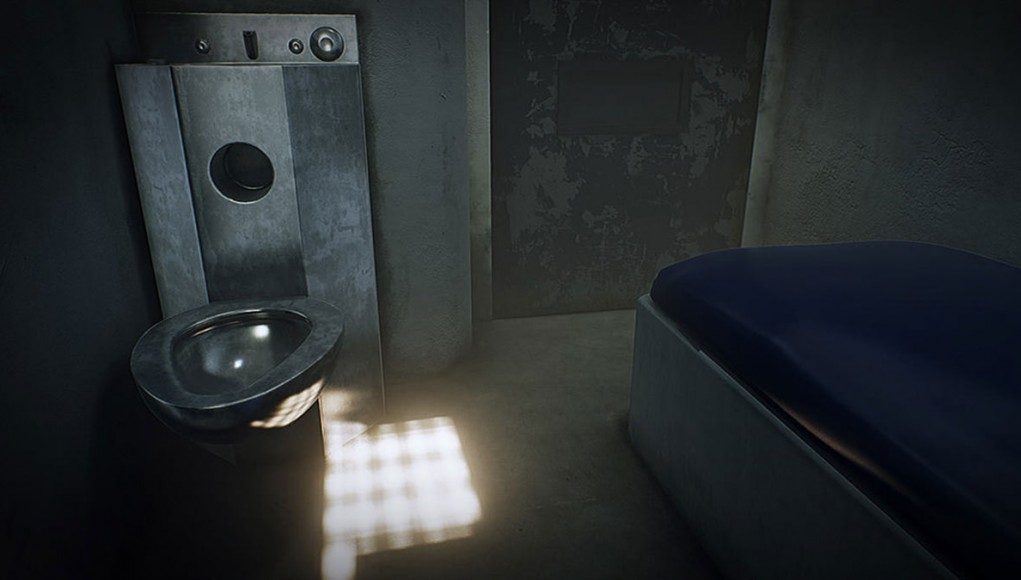 One of the best narrative VR experiences that I had at Sundance New Frontier was 6×9, an immersive experience of solitary confinement. You might ask, “Why would you ever want to do that?” Well, it was less about having a direct experience of solitary confinement, and more of a polished immersive journalism piece that explores the psychological damage of solitary confinement using a number of interesting VR storytelling techniques. I had a chance to unpack a lot of these techniques with Francesca Panetta, who has a strong background in audio production and audio narrative journalism.
One of the best narrative VR experiences that I had at Sundance New Frontier was 6×9, an immersive experience of solitary confinement. You might ask, “Why would you ever want to do that?” Well, it was less about having a direct experience of solitary confinement, and more of a polished immersive journalism piece that explores the psychological damage of solitary confinement using a number of interesting VR storytelling techniques. I had a chance to unpack a lot of these techniques with Francesca Panetta, who has a strong background in audio production and audio narrative journalism.
LISTEN TO THE VOICES OF VR PODCAST
6×9 utilizes a lot of innovative immersive storytelling techniques to show you the hallucinogenic effects of spending an extended time within a 6′ by 9′ prison cell. You experience blurred vision, floating, objects that disappear if you try to look at them, and a lot of animated text projected onto the virtual walls.
Audio interviews are pointing out different things about the environment and describing what you’ll be experiencing, and Francesca said that she took a lot of inspiration from listening to a number of GPS-based audio tourism guides. She had her interviewees address you in the 2nd person, which focuses you on your own personal experience immersed within the space. Francesca tried to include some of the 1st person stories of other people, but she found that it was less impactful because it takes you away from having your own experience.
My experience with audio narration in VR pieces is that a lot of times it can be a little overwhelming if there’s too much other visual stimulation happening at the same time. The times that it works well is if the audio connects you more to the scene or if the visuals are limited enough to be able to put most of your focus on the audio. I thought that 6×9 found a really good balance of doing both of these things well.
6×9 also uses the environment around you to illustrate different points. It includes some non-linear stories triggered by your gaze on a number of different objects, and it also uses very effective technique of projecting text within the walls of the environment. The audio soundscape also has it’s own dramatic arc in that increases in intensity over time adding to the level of tension of being within a solitary confinement cell. It uses actual audio recorded from a solitary confinement jail cell, and it really increases the sense of immersion within the piece.
Francesca is still expanding and working on this piece for The Guardian, and hopes to release the full version sometime in April.
Become a Patron! Support The Voices of VR Podcast Patreon
Theme music: “Fatality” by Tigoolio







